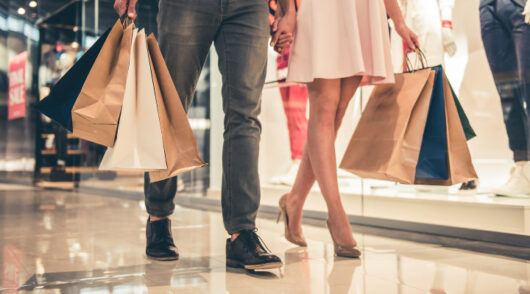A major study from McKinsey has confirmed that companies need to make big, bold moves to see major leaps in performance. Taking an incremental approach to change may sound less risky, but it actually increases the likelihood of stagnation and decline.
Nowhere is the need for bold moves more apparent than in the climate crisis. Scientists say it’s still possible to avert a climate disaster, but it will require governments, businesses and people to take radical action.
Fortunately, a growing number of entrepreneurs have taken this on board and are developing innovative products to help consumers reduce their carbon footprint and live more sustainably.
Ben Young, founder and CEO of Frank Green, which makes reusable lifestyle products like coffee cups, bottles and containers, and Julia Kay, co-founder and co-CEO of Great Wrap, which makes compostable cling film, are two such examples.
They recently joined Matt Foley, Klarna’s commercial lead of SME sales in Australia and New Zealand, for a discussion about the steps businesses can take to help solve the climate crisis as part of a new video series on Bold Moves.
Created by Klarna, Bold Moves explores how a range of retail industry leaders have found success by making bold moves. You can check out all four videos in the series here. Below are some of the key highlights from the first episode.
- Products can’t just be sustainable – they need to be functional and affordable too
While studies show many consumers want to go green, they don’t always follow through at the checkout. To get more people to shop sustainably, brands need to ensure environmentally friendly products work as well as – if not better – than traditional products.
“In the past, when you’ve had to be sustainable, you’ve had to give up 50 per cent in functionality and pay twice as much for it,” Young admitted. “But [through] clever design and innovation, that really is changing. I think people will continue to support sustainable businesses.”
Kay said Great Wrap aims to make products that are financially sustainable as well as environmentally sustainable.
“For us to completely knock petroleum plastic off the shelf, our product needs to be at the same price point or cheaper, so it’s not just higher income earners that can afford to use our product, or businesses that have more of a cushion in their bottom line,” she said.
- Constant innovation requires a willingness to fail
If the secret to getting people to adopt more sustainable alternatives to everyday items is making functional and stylish products, the trick to making them is constant innovation. This not only takes hard work, but a willingness to fail.
“There’s not one product that’s ever come to launch that we haven’t improved in one way. For example, our straw lids […] have had nine improvements since the day we started,” Young revealed.
Kay agreed that nothing is ever perfect when it first launches.
“Even with our current product, we’re about six weeks away from launching a really exciting new refillable dispenser, which is an improvement on our current functionality and formula, but I don’t see us stopping at that point,” she said.
“It definitely takes confidence, but also a willingness to get up and fail and go, ‘That’s OK, I learnt so many things from this, and I’m going to carry that out into my next product’.”
- Businesses are demanding more from their partners
One of the interesting sustainability trends that Foley has noticed at Klarna is businesses demanding more from their partners and suppliers.
“Now, I’m on calls with companies where they’re like, ‘Where does Klarna stand? What’s Klarna’s view on sustainability?’ Those conversations have actually led to our business partnering with foundations that will plant a tree for every item [the customer] buys,” he said.
“What we’re seeing more and more is that brands are really living this whole environmental accountability in every single aspect of what they do.”
Check out the full discussion about how businesses are making bold moves to help solve the climate crisis here.






